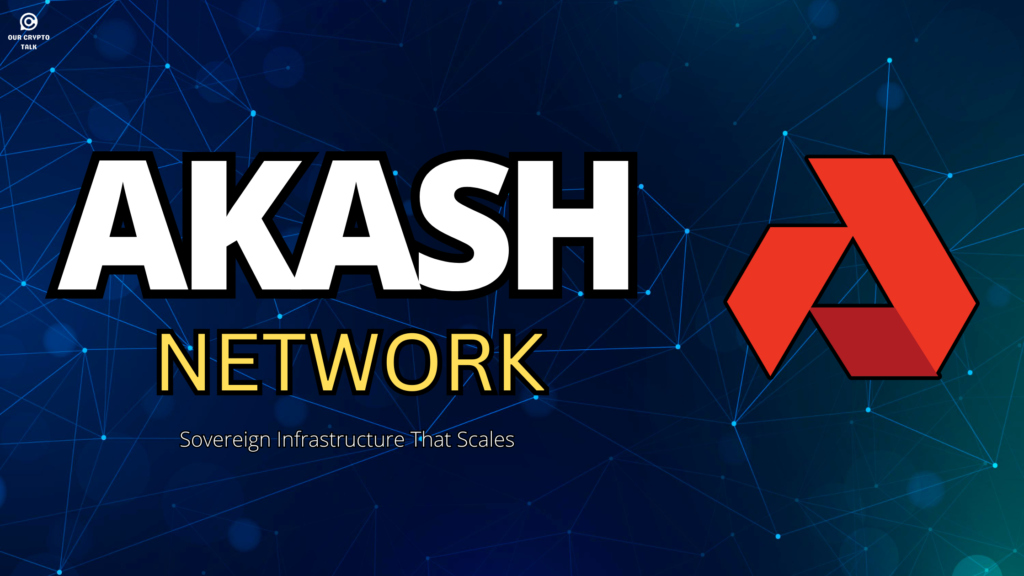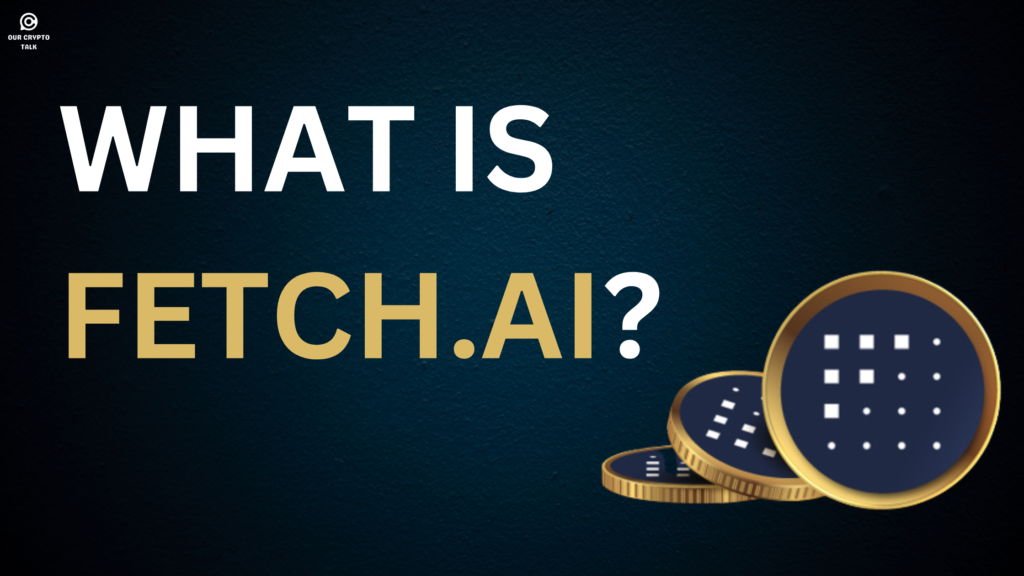$AKT: An Introduction
Akash Network markets itself as the supercloud of the people. If someone is unaware of what a supercloud is, think of it as a cloud architecture which allows service migration as service.
To the layman – Akash network allows you to buy, own and even sell your cloud infrastructure to other people. Somewhat like a decentralised cloud infra of sorts.
What makes $AKT unique is the fact that they work on a “Reverse auction” mechanism where the users actually submit their desired price and the providers submit bids to compete for their business. This results in a whopping 85% decrease on usual prices.
Akash Network: Some Unique Points
One of the most unique points about $AKT is the fact that the source code is open-source and is completely owned by the community. In today’s day and age with cloud providers, that is a very unique proposition to find.
Other features of the Akash Network include –
- Infrastructure as Code: Akash’s orchestration layer is powered by SDL. This simple-to-use YAML-based language lets developers spin instances easily without wasting any time.
- Runs on K8S: It runs on the state of the art Kubernetes technology that all deveopers already love.
- Limitless Storage: The network provides persistent and limitless storage.
- Censorship Resistant
- Dedicated fixed IPs: There is a provision for you to have fixed IPs for your services.
All in all, Akash network is an L1 network build on the cosmos SDK which uses a PoS mechanism to keep its blockchain validated and in sync.
Akash Network: Some Features
The Akash Marketplace
The Akash Marketplace serves as a platform where users rent computing resources from cloud providers prior to deploying a Docker container on the Akash Container Platform. Utilizing the Akash Token ($AKT), the marketplace securely records on-chain information, including requests, bids, leases, and settlement payments. Akash’s blockchain is a Tendermint-based application rooted in the Cosmos SDK.
The Akash Container Platform
The Akash Container Platform functions as a deployment platform designed to host and manage containers, providing users with the capability to run any Cloud-Native application. Akash is equipped with a suite of cloud management services, incorporating Kubernetes, to efficiently orchestrate and manage containers.
Price Comparison

The price comparisons done on the cloudmos.io tool show that $AKT services cost us around 80-85% cheaper than the usual cloud giants like AWS, GCP or Azure.
The $AKT token and tokenomics
The $AKT (Akash Network Token) is the native utility token of the Akash network. $AKT is primarily used to incentivize the participants of the PoS mechanism and keep the blockchain governed.
$AKT holders also are participants in any aspect of business decisions since Akash network is community owned.
AKT 2.0
AKT 2.0 represents an ongoing initiative aimed at introducing innovative token features and enhancing the utility of both Akash and the AKT token. These features are designed to create value for the network through the establishment of essential incentive pools, fostering the growth and development of the network. Additionally, AKT 2.0 will provide a diverse array of currency options for lease settlement and other exciting enhancements.
The tokenomics of the project at the time of writing (22 Jan 2024) are :
Price: $2.54
Circulating Supply: 225,800,857
Max Supply: 388,539,008
The $AKT unlock schedule has already been released by the team and can be found here.
Conclusion and last words
As a software engineer by work, I really am impressed by Akash Network’s documentation and working. It is a very strong project which solves a very real problem.
Investment in the project is a personal choice, but from a fundamental perspective, the Akash project has impressed me. If the Akash team continues their efforts, the future appears promising amidst growing demand for cloud resources.
For further insights into the $AKT network, explore their documentation. For more in-depth project reviews, visit our blogs section.



